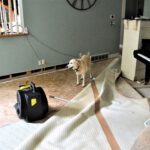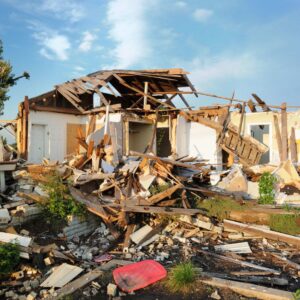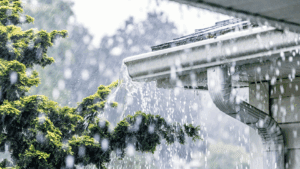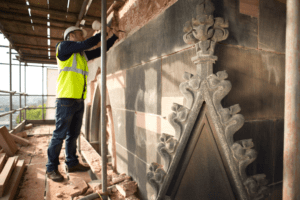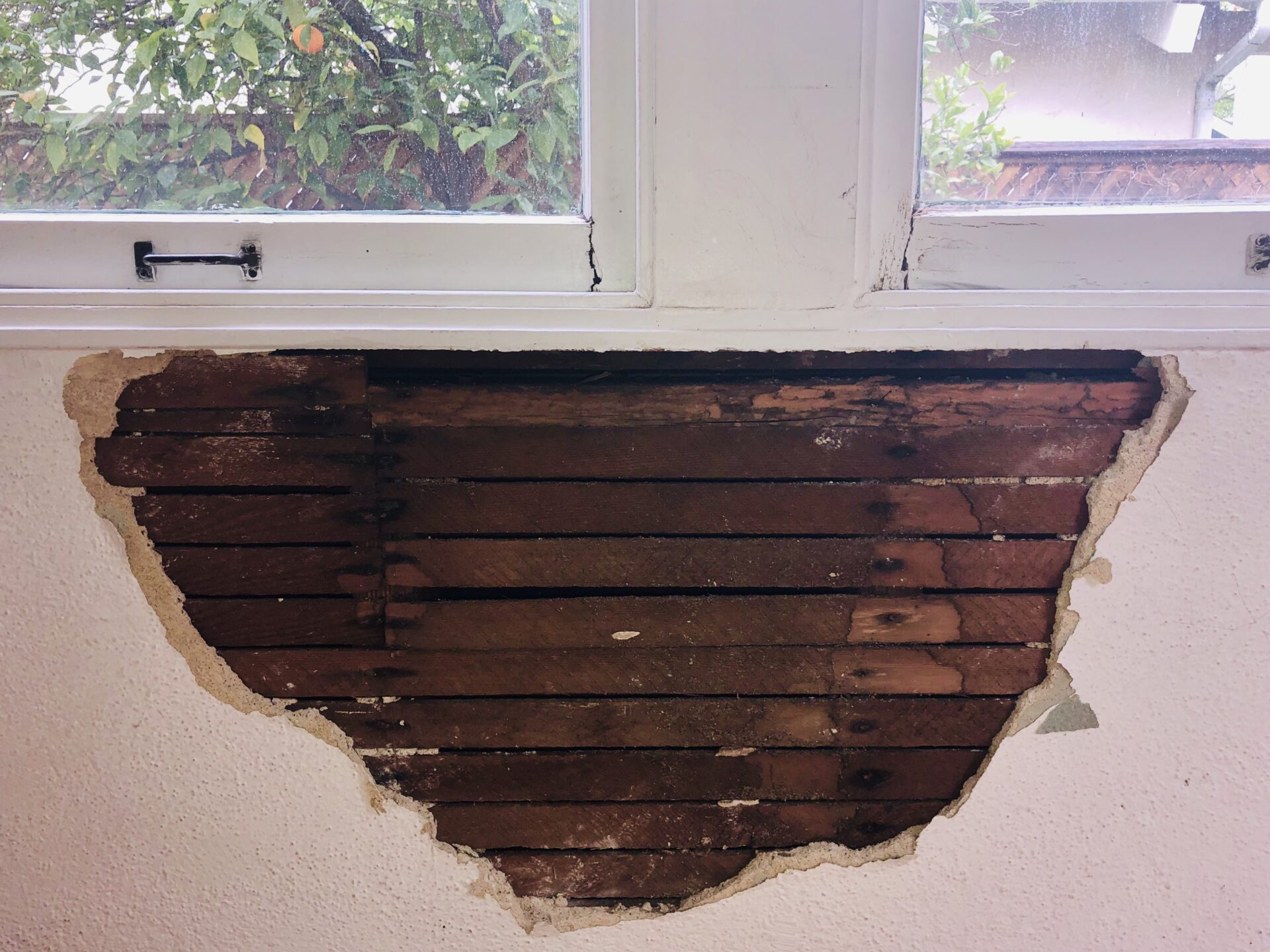
As Nashville residents, we all know how severe storms can be and the havoc they can cause in their wake. Storm damage repair and restoration can be a costly, time-consuming endeavor, but it is important to be aware of the most common types of storm damage in order to be better prepared. In this blog post, we will discuss the most common types of storm damage and ways to help prevent them in Nashville and surrounding areas.
Water Damage
Water damage is a common issue faced by homeowners after a storm. Heavy rains can lead to flooding, which can cause extensive damage to your property. It’s important to take the necessary steps to prevent water damage before it happens.
The first step to preventing water damage is to ensure your gutters and downspouts are clean and free from debris. This will allow water to flow freely away from your home, reducing the risk of flooding. It’s also important to ensure that your home’s foundation is properly sealed, as any cracks or gaps can allow water to seep in.
If you do experience water damage after a storm, it’s important to act quickly to mitigate the damage. Remove any standing water as soon as possible and dry out the affected areas. Mold can start to grow within 24-48 hours of water damage, so it’s important to act fast.
Fire Damage
In the event of a severe storm, fire damage can also occur. Strong winds and lightning strikes can lead to power surges, causing electrical appliances to malfunction and ignite fires. One way to prevent fire damage is to unplug electrical devices during a storm or use surge protectors.
In the unfortunate event of fire damage, it’s important to take action immediately. Call the fire department to put out the fire and ensure everyone’s safety. Once it’s safe to enter the property, assess the damage and contact a professional restoration company to assess and restore your property to its pre-fire condition.
Remember, being proactive and taking preventative measures can save you from a great deal of heartache and expense in the long run. Regularly inspect your electrical wiring and outlets for any signs of wear or damage, and have them repaired or replaced as necessary.
It’s also important to take inventory of your possessions in case of fire or water damage. This will allow you to more accurately file an insurance claim and take steps to restore your home.
Falling Trees & Branches
Another common type of storm damage is falling trees and limbs. Strong winds, heavy rain, and lightning strikes can all cause trees to uproot and limbs to fall onto homes and vehicles.
To prevent falling trees and limbs from causing damage during a storm, it’s important to regularly inspect trees on your property. Look for signs of rot, decay, and other damage that could weaken the tree’s structure.
During a storm, stay indoors and away from windows and exterior doors. If you have a garage, park your car inside to protect it from falling debris. And if you have trees that are particularly close to your home or power lines, consider having them removed to avoid potential hazards.
Trimming overgrown branches and removing dead or diseased trees can significantly reduce the risk of falling limbs during a storm. Additionally, it’s important to consider the location and proximity of trees to your home. If a tree is leaning or shows signs of instability, it’s best to have it professionally evaluated.
Need Restoration Services? Let the team at Contractors of Nashville Help You
At Contractors of Nashville, our expert team is here to help guide you through every step of the restoration process and we’ll directly communicate with your insurance provider. Whether your home is facing storm, fire, water, mold, or another type of damage, we’re here to get the job done.
Contact us today to learn more about our services.

